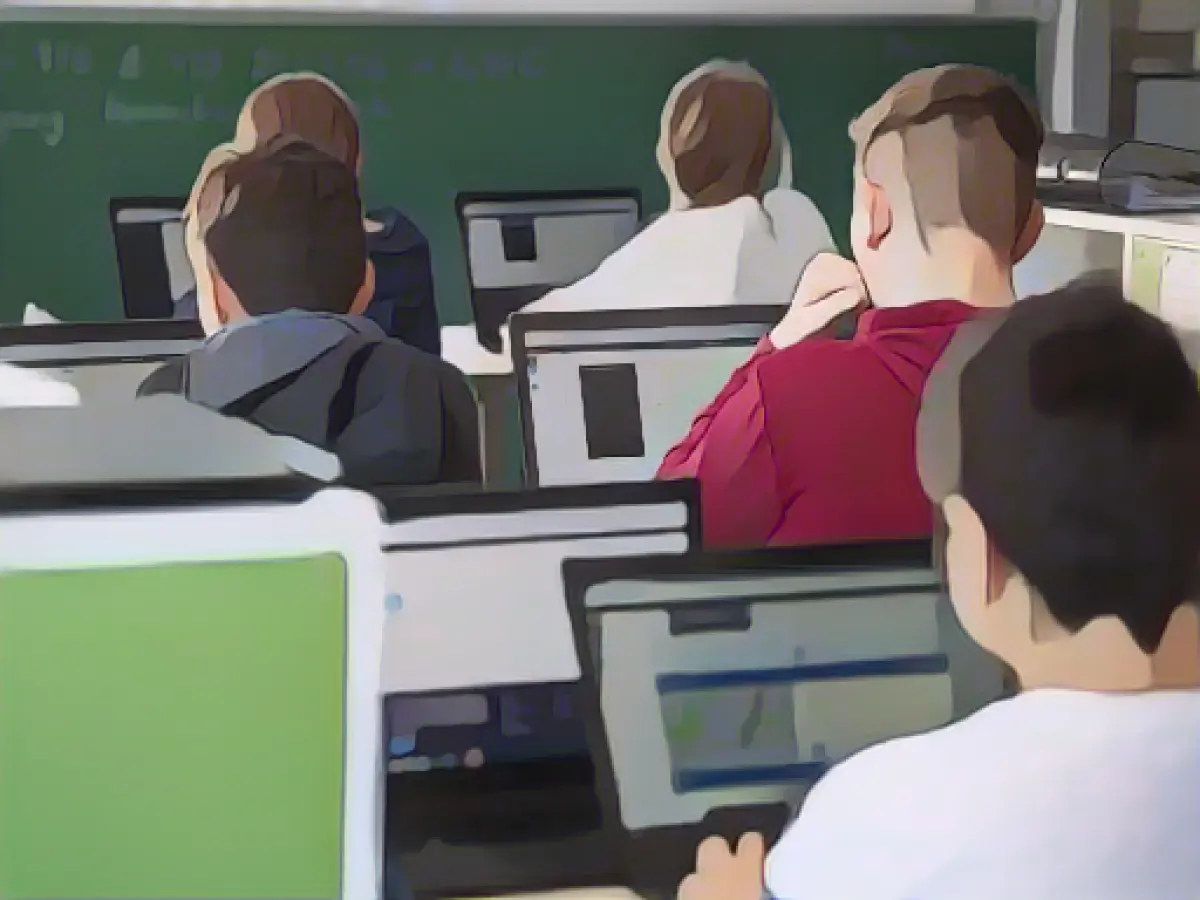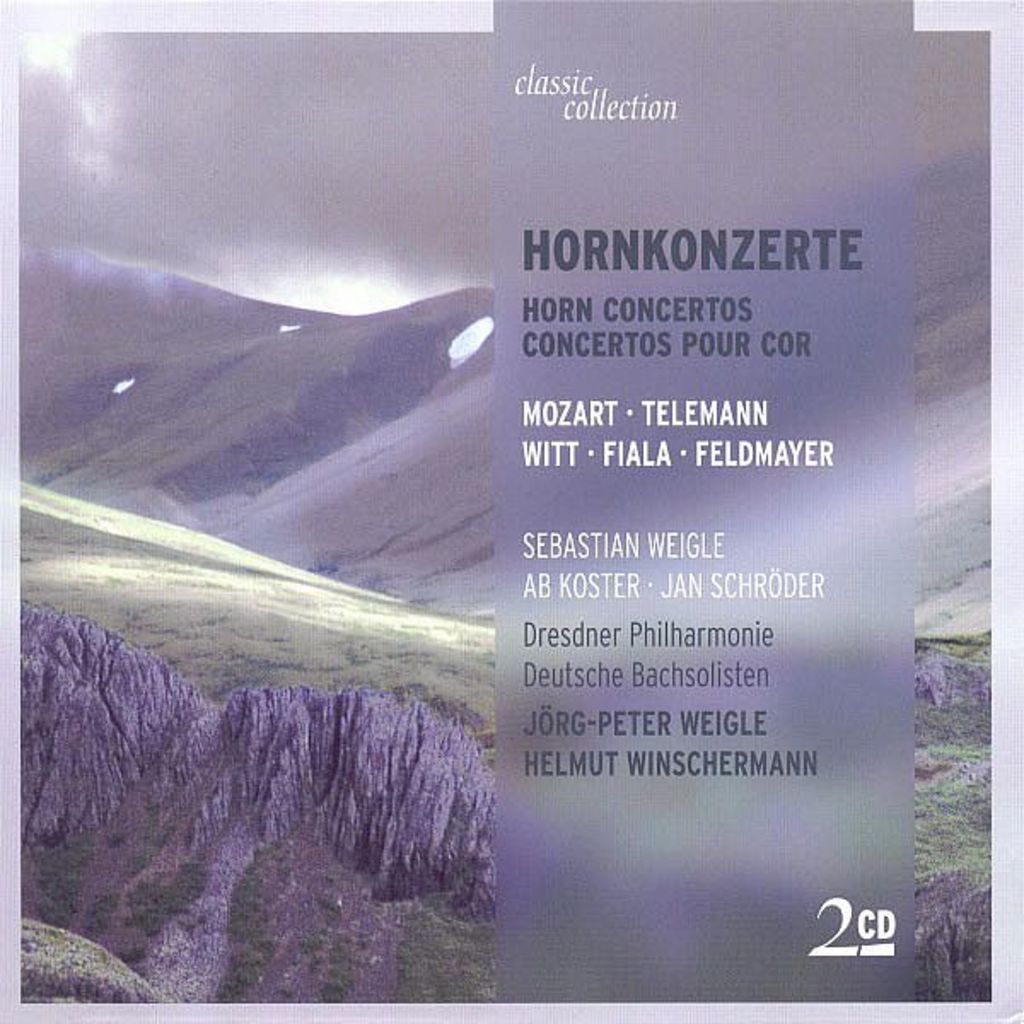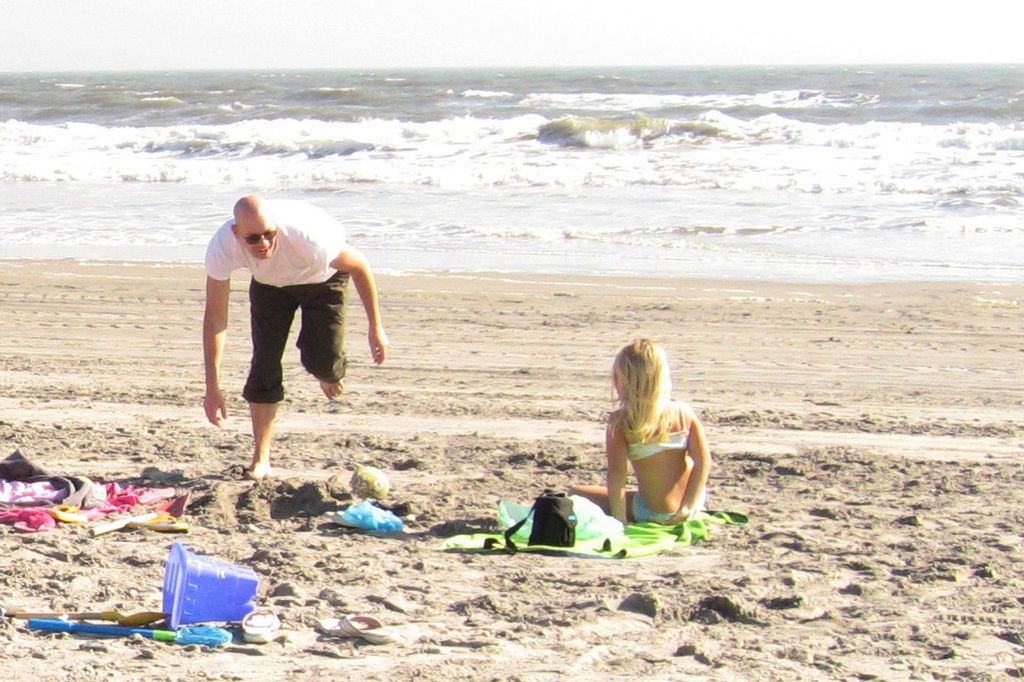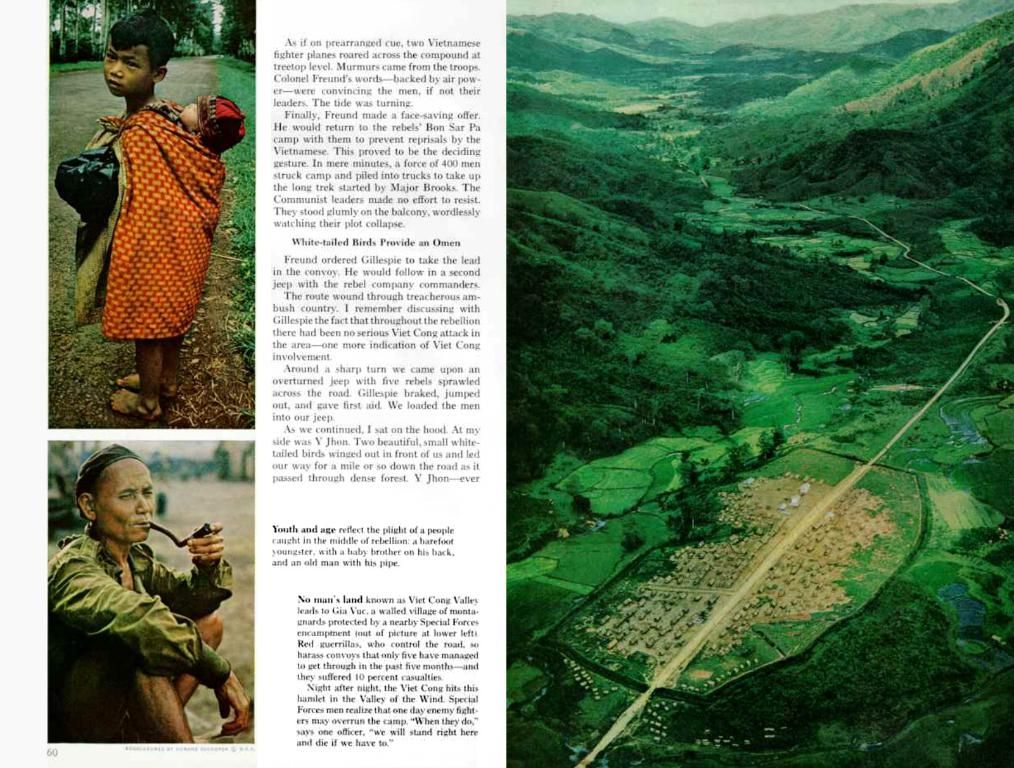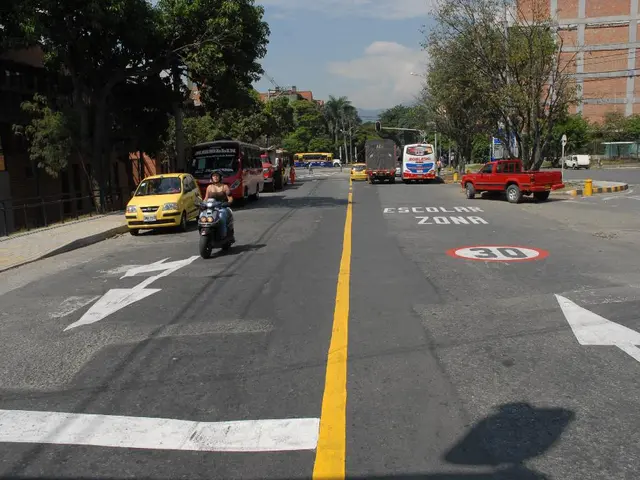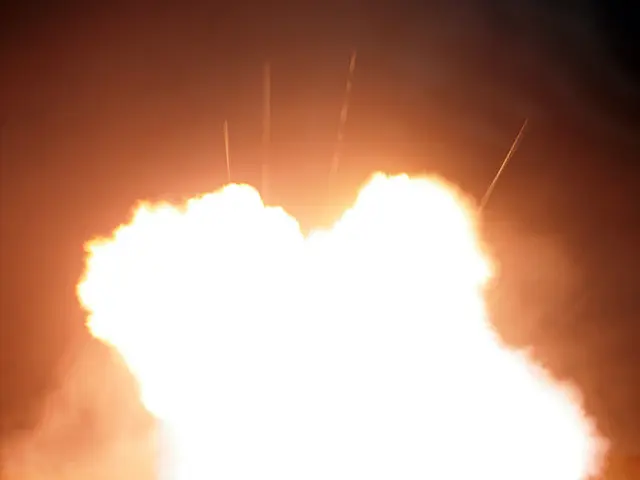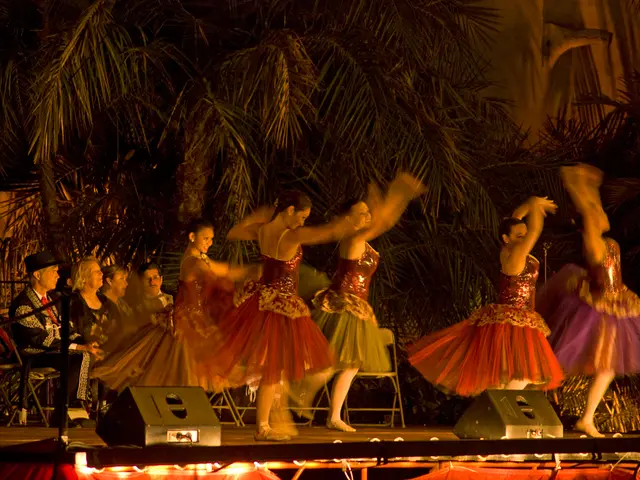Revolutionizing Education in Rural Areas with Hybrid Learning
Hybrid lessons have been a game-changer at three grammar schools in eastern Saxony. Over the past year, this innovative approach to education has shown promising results, with the Saxon Ministry of Culture giving an initial thumbs-up. The pilot project is particularly effective in rural areas with low pupil numbers, allowing for the continuation of advanced courses, especially in science subjects where talent is in high demand.
Initiated since the 2022/2023 school year, hybrid physics lessons from the Görlitz Curie-Gymnasium are now transmitted to Niesky via video link. Biology classes have also been introduced at Niesky grammar school for students in Weißwasser through screens. Without the project, schools like Friedrich Schleiermacher grammar school in Niesky would have struggled to offer an advanced physics course, and Landau-Gymnasium in Weißwasser might have fallen short of offering a biology class.
Thrice a week, lessons are conducted online. The remaining two lessons on-site are dedicated to experiments and practical tests, led by the teacher. Teachers involved in the project have rated its success as "very successful," despite the additional effort required for tech preparation.
The project's outcomes are opening doors for further exploration. Minister of Education, Christian Piwarz (CDU), hopes that other schools will be inspired by these experiences, eventually leading to more schools adopting this teaching method. Centralized arrangement of hybrid lessons is discouraged, with the commitment coming from schools themselves.
The Ministry is arranging an informational event for interested institutions in the New Year, presenting the conditions and processes of hybrid teaching in East Saxony.
Embracing the Power of Hybrid Teaching
Hybrid teaching's advantages in natural science subjects have been instrumental in keeping advanced courses afloat in rural schools with paltry pupil numbers. With this approach, schools like Friedrich Schleiermacher and Landau-Gymnasium can offer these subjects without jeopardy from limited enrollment.
The potential for hybrid learning goes beyond rural areas. Its flexibility, interaction, and access to resources can have a significant impact on education at large. According to enrichment data, hybrid teaching offers:
- Enhanced Accessibility: Technology integration enables remote participation and reduced dependency on physical presence in the classroom, connecting students to specialized instructors or resources.
- Student Engagement: Interactive activities, like video conferencing and multimedia resources, boost participation and improve academic performance.
- Flexible Learning: Hybrid models offer flexible scheduling, accommodating students with transportation or commitment limitations.
- Specialized Resources: Hybrid learning grants access to expert resources, offering diverse educational experiences.
- Community Building: Cohort models help build a sense of community, supporting students' social presence and fostering relationships.
Various hybrid teaching strategies can be applied in rural areas, such as virtual flipped classrooms, robotic telepresence, and interactive tools. By employing these tactics, schools in rural areas can maintain advanced courses, ensuring high-quality education for students.
In conclusion, the success of hybrid teaching in natural sciences subjects—like physics and biology—paves the way for future educational innovation. With the right strategies, hybrid learning can be an effective solution for maintaining and enriching education in schools, especially in rural areas with low pupil numbers.
